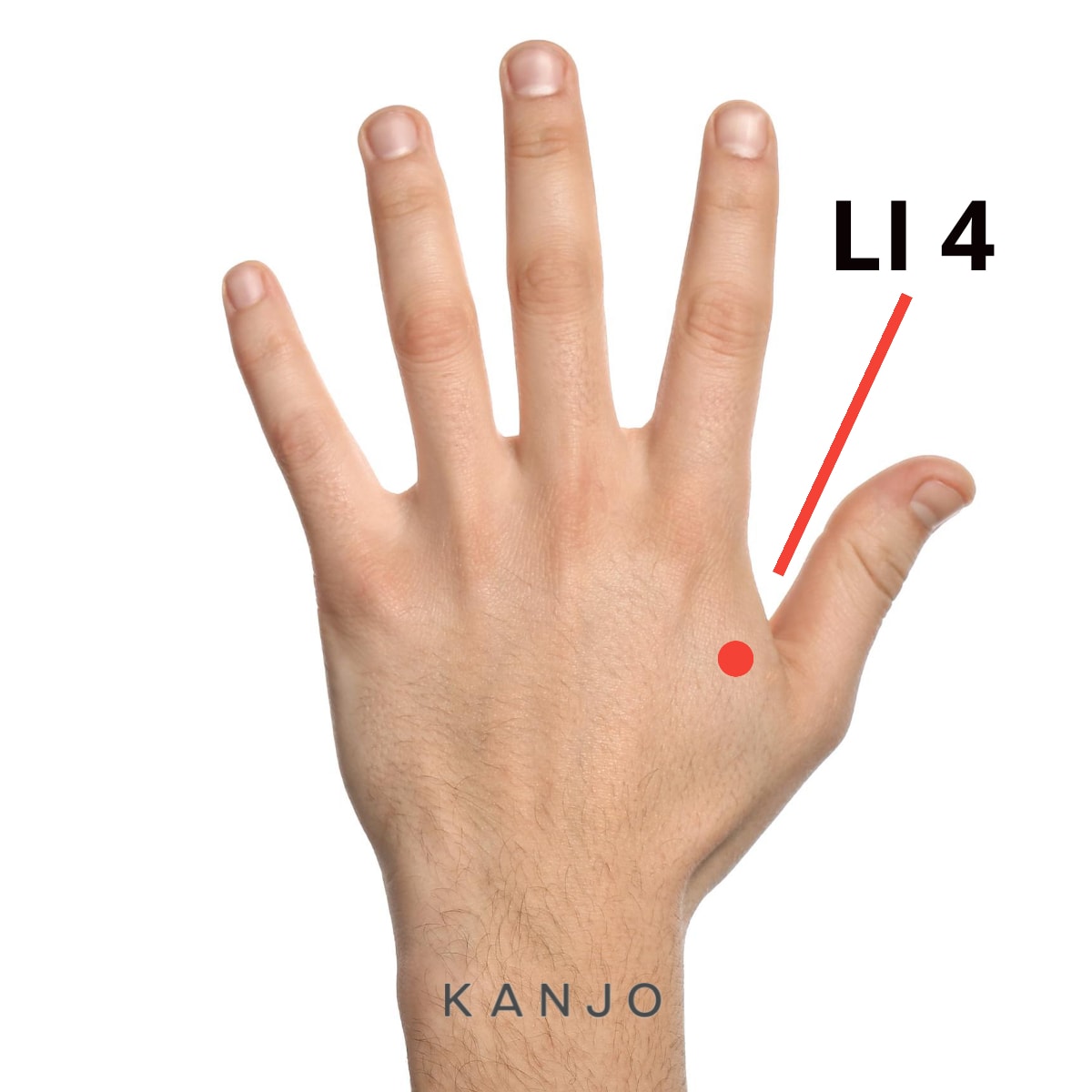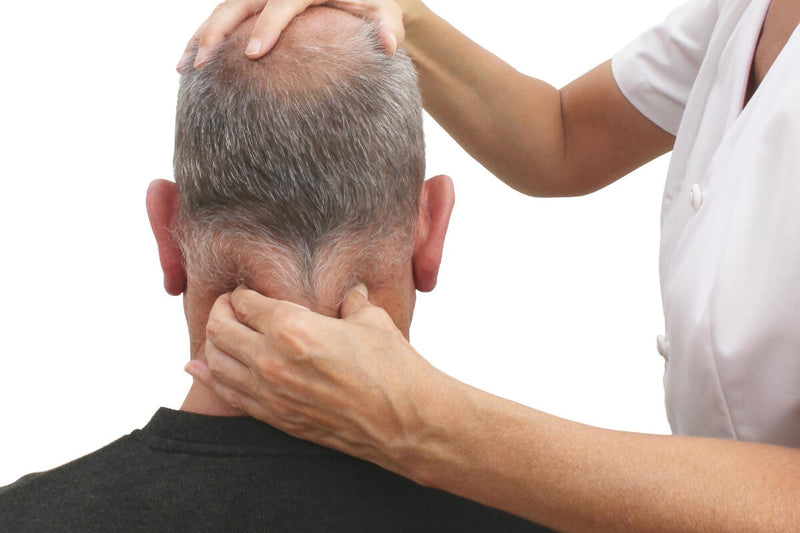High blood pressure, or hypertension, is an extremely common ailment. It mainly affects those of middle age and above.
The lifetime possibility of developing hypertension is estimated to be 90% (!).
As such, the medical industry boasts a range of cures to this prevalent condition. These range from basic lifestyle changes, to specialized medication.
Yet, there is another ancient method that those afflicted may practice tohelp relieve high blood pressure and various symptoms.
Acupressure, a branch of Traditional Chinese Medicine (or TCM), specifically targets pressure points to lower blood pressure.
In this article, we’ll explain exactly what acupressure for high blood pressure is, and how this practice can cure your hypertension!
How does Acupressure Help with Hypertension?

In essence, acupressure targets certain points of the human body and applies pressure to them.
While there are so many potential causes of hypertension, there are just as many pressure points capable of reducing its presence.
Some of the causes of hypertension are underlying conditions, such as kidney disease, recurring disturbed sleeping patterns, or chemical imbalance within the body.
Other causes are more lifestyle-based, like blood pressure increases caused by prolonged periods of stress.
Acupressure can be applied in ways that combat all of the above contributing factors and conditions. This is achieved by targeting pressure points to lower blood pressure.
In the following sections, we’ll take a close look at some of the most crucial points for relieving high blood pressure symptoms!
What are the Acupressure Points for High Blood Pressure?
Liver 3 (LV 3)

Known as Taichong or Great Surge, massaging the LV3 pressure point is very effective for hypertension relief.
It can be found near the top of your feet, within the gap between your largest toes. From there, they are approximately two finger widths down.
In addition to lowering blood pressure, this point provides relief for a multitude of other discomforts and conditions.
For instance, nausea can be effectively relieved once pressure is applied here.
Similarly, it’s possible to overcome eye pain, headaches, bodily weakness, and abdomen distension through skillful application of pressure to this point.
Large Intestine 4 (LI 4)

Hegu, or Union Valley, is the fourth pressure point designated to the Large Intestine meridian line.
It is located on the back of the hand, nestled in the groove that runs between forefinger and thumb.
Similarly to Taichong, applying pressure here can help to alleviate headache symptoms among many other ailments.
Headaches and hypertension are closely related, with insomnia also chief among root causes (as will be discussed shortly).
It is also possible to release anxiety and minimize teeth and sinus pain by massaging LI 4. You can even coax out stubborn bowel movements via acupressure at this point!
Curing these afflictions has overall positive benefits for blood pressure. The significant stress release that results from this treatment can go a long way to lowering hypertension.
Pericardium 6 (PC 6 or P 6)

The pressure point Neiguan, or Inner Frontier Gate, is situated across the sixth meridian line traversing our pericardium (the fibrous sac around our hearts).
Earlier in this article, sleep disorders were mentioned as a primary cause of high blood pressure.
Applying acupressure to Neiguan/PC 6 works on the pressure point to lower blood pressure by targeting a patient’s insomnia, as well as the aforementioned nausea.
Indeed, the name “Inner Frontier Gate” may derive from the fact that pressure on the point can be used to cure a number of internal issues.
Motion sickness and digestive disturbances can also be alleviated via acupressure on this point.
Large Intestine 11 (LI 11)

Another point found by following the meridian line of the large intestine is pressure point LI 11, or Quchi or Pool at the Crook. This point has immense healing potential.
It is located on the outside of your elbow, and can be found by simply bending an arm and finding (on the outside) where the elbow crease ends.
This point is Quchi: An acupressure point especially helpful for lowering high blood pressure.
However, that’s only the beginning of the medicinal benefits that it can provide.
With the right knowledge and application of acupressure techniques, disruptions of the mental faculty such as depressive madness or psychosis can also be targeted and worked against.
The following array of physical illnesses may be eliminated as well:
- Skin issues, e.g. itchiness, eczema, hives
- Impairment of motor function in the shoulders and knees
- Hemiplegia
- All manner of head pain, from headaches and toothaches, to sore eyes and blurred vision
- Menstrual issues and complications
- Rubella
- Erysipelas
- Urticaria
- Hot flushes, fever
As you can see, this point in particular can give relief to a huge variety of illnesses and their symptoms.
Many of these conditions are linked implicitly to hypertension. Again, the release of stress that comes from curing other ailments will only improve overall wellbeing!
This works to reduce the level of cortisol in your blood, and lowers blood pressure as a result.
Gallbladder 20 (GB 20)

The terms Fengchi, Wind Pool, GB 20, or the Gates of Consciousness all refer to pressure points that can be found where the base of the neck meets the top of the skull.
Acupressure applied in the correct manner to these points will provide immense relief from hypertension.
This is achieved through focus on curing insomnia (similarly to Neiguan, or Inner Frontier Gate)- a major cause of high blood pressure.
It’s so effective that if someone were to ask, “Is there a pressure point to lower blood pressure?” The answer would be Fengchi (or any other of its many names).
Alongside insomnia, head, neck and shoulder pain can be relieved by applying acupressure treatment to this point.
Muscle stiffness and respiratory issues can be addressed with this technique as well.
So, how exactly do you apply acupressure to this point for maximum benefit? These are the steps:
- With palms facing towards you, interlock your fingers and clasp your hands together
- Bring the shape you have made with your hands (it should be a kind of cup) completely over your head so that your palms now face the back of your head
- Apply palms, still clasped together, to the back of your head
- You will find that your thumbs are free, and in perfect position to massage the Fengchi points which are located where the base of your skull meets the top of your neck
- An up-down movement or a circular motion can be used. Test out what feels best for you, as well as the effects each method provide
Governor Vessel 20 (GV 20)

Baihui, or Crown of the Head, is an optimum pressure point for lowering high blood pressure via acupressure.
Right in the center of the top of your head, this point can be located precisely by drawing hypothetical lines: One from the back of the head to the forehead, and another from ear to ear across the top.
The intersection of these lines is Baihui, and it has incredible healing potential.
How exactly does pressure on this point work for lowering your blood pressure?
It functions in a similar manner to the other points described by attacking a root cause of hypertension: Insomnia.
Out of all the factors which may raise a person’s blood pressure, insomnia is one of the most straightforward to fix. It’s very possible to cure it yourself with acupressure!
Pressure applied to GV 20 can also heal a host of mental and physical issues, from depression and anxiety, to tinnitus (ringing in your ears).
Acupressure Technique
The above may all sound very good, but how exactly do you apply pressure to these points safely and effectively?
Unless otherwise instructed, massage yourself gently at the points described.
Your touch must be firm enough to move the skin. Start slowly, and massage in circles to begin with.
Over time, increase the pressure. This gradual increase allows the tissue of your muscles to relax.
If there is no muscle tissue at the point you are focused on, simply increase pressure in the same manner.
You shouldn’t ever feel pain, but a dull aching is natural and positive.
For all the acupressure techniques, carry them out for at least a minute, and then repeat after a short interval if necessary.
Pressure Points to Lower Blood Pressure Final Thoughts

Acupressure points are pressure points found all over the body, and some have the distinct potential to lower blood pressure.
Acupressure works as a healing technique by not only targeting the hypertension itself, but the root causes within that drive blood pressure to dangerous levels.
Insomnia, depression, digestive problems, and muscular issues can all be remedied by acupressure at the points described.
The areas discussed in this article are only a small number of the most well-known acupressure points.
It really is possible to carry out remarkable healing work for a huge range of ailments via this ancient technique. These include both physical and mental illnesses, and it can be done all by yourself!
Acupressure truly offers a wealth of knowledge and healing to those open to trying it. Practice it safely and with respect, and you’ll feel the benefits too!
Sources:
- https://www.ndtv.com/health/how-does-acupressure-lower-high-blood-pressure-acupressure-points-to-improve-hypertension-3036150
- https://medicentres.ae/2018/03/07/5-pressure-points-that-will-instantly-lower-your-blood-pressure/
- https://www.adityabirlacapital.com/healthinsurance/active-together/2020/12/03/3-acupressure-points-for-high-blood-pressure/
- https://www.doshamat.com/blogs/blog/acupressure-for-high-blood-pressure
- https://www.health.harvard.edu/blog/high-blood-pressure-why-me-201605029288
- https://www.urmc.rochester.edu/encyclopedia/content.aspx?ContentTypeID=1&ContentID=2171

Good
effective, & of much relief, appreciate. the info.,
nice thx